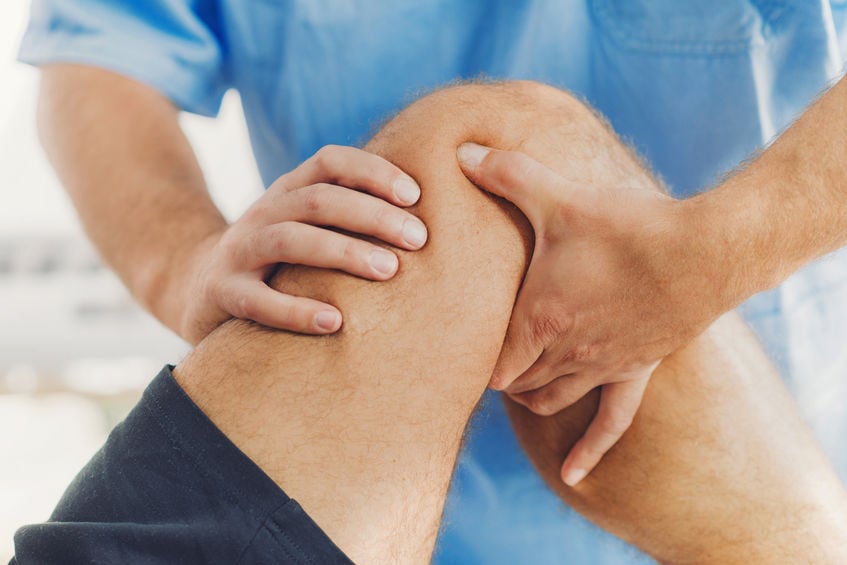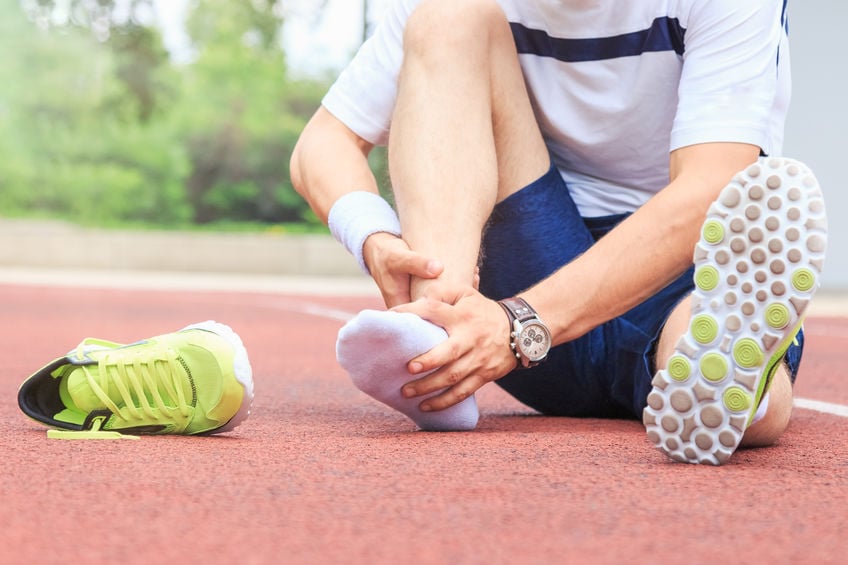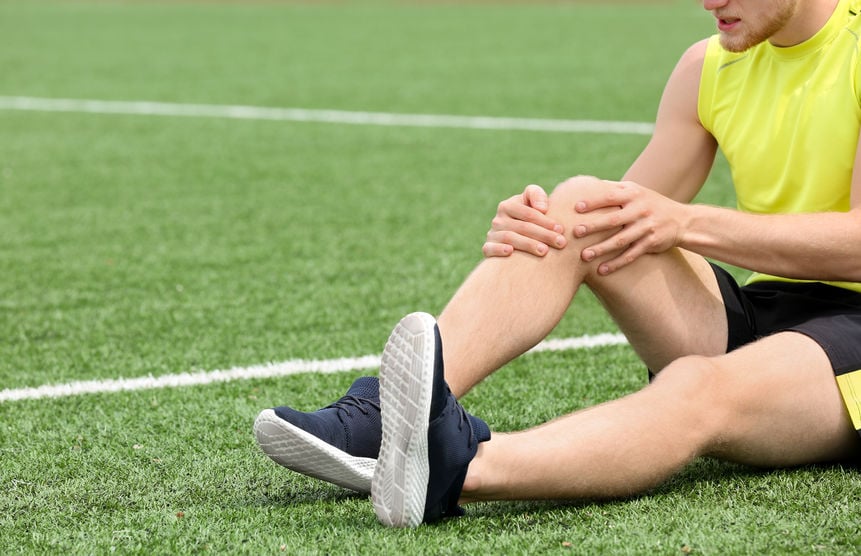Preventing And Treating Sports Injuries
Some of the greatest athletes of the past played through pain and injuries. However, modern medicine and science have revealed that ignoring pain can cause negative long-term effects on health and performance. Preventing and treating sports injuries is, therefore, of the utmost importance. Preventive measures like warming up, using proper techniques, and wearing protective gear reduce injury risks. When injuries occur, immediate medical attention and effective treatment, including physical therapy (PT), can prevent long-term consequences. Here are 3 of the more common sports injuries athletes will face and the potential treatment options.
1. Look out for sprained ankles
A common but painful sports injury is a sprained ankle, which can occur due to falls, collisions, or poor balance. Previous injuries and inadequate warm-up also lead to sprains. A sprained ankle causes pain, swelling, tenderness, limited range of motion (ROM), and instability. A doctor must accurately diagnose and treat a sprained ankle to prevent further damage and promote swift recovery.
Try these treatment options
The rest, ice, compression, and elevation (RICE) method is a highly effective and widely recommended treatment for sprained ankles. Resting the injured ankle, applying ice to reduce swelling, compressing for support, and elevating to improve blood flow can all help. Physical therapy and steroid injections can improve long-term outcomes. Most ankle sprains require no surgery and respond well to conservative treatment options.
2. Have you heard of tennis elbow?
Lateral epicondylitis, or tennis elbow, is a common condition that results from repetitive overuse of the forearm muscles. The injury is common in many sports that require excessive arm force for throwing and catching. Pain and tenderness in the outer elbow, arm weakness, and difficulty gripping and moving are typical symptoms.
Treatment options for tennis elbow
The RICE method, temperature therapy, and PT are 3 key treatment options for tennis elbow. Resting the affected arm allows the tendons to heal without further strain. At the same time, applying ice helps reduce pain and inflammation. Physical therapy is crucial in restoring the affected arm’s ROM, strength, and flexibility. Conservative treatments and interventions can effectively manage and alleviate tennis elbow symptoms for a successful recovery. Surgery is an option in severe cases. The surgeon can remove damaged tissue and repair and anchor the ligament using a minimally invasive approach. Individuals who undergo surgery require several weeks of rehabilitation before returning to sports.
3. Beware the ACL tear
An anterior cruciate ligament(ACL) tear is a common knee injury caused primarily by non-contact mechanisms. The ligament connects the major bones of the leg at the knee and is vital for stabilizing the joint. A tear presents with symptoms such as a popping sound, immediate swelling, pain, instability, and limited range of motion. Prompt diagnosis through physical examinations is crucial for effective treatment and management.
Treatment options for an ACL tear
The most common treatment options include surgery, rehabilitation, and bracing. Surgery is the best option for individuals wishing to return to high-intensity activities. ACL reconstruction replaces the damaged ligament with a new tendon. At the same time, more conservative treatment focused on PT can be effective for less severe tears or as part of post-operative care. Bracing can help, but is not for every individual and may not provide as much stability as surgery or rehabilitation. A comprehensive approach combining treatment modalities can improve knee stability, functionality, and quality of life.
Remain pain-free
Injuries and resulting pain are part of high-performance sports, but there are ways to score big in the game while remaining pain-free. Warm up, use proper equipment, and condition the body through exercises to prevent sports injuries. Dedicating time to warm-up exercises optimizes the body’s readiness for physical activity. Equally important is utilizing appropriate and well-maintained equipment designed specifically for each sport. Lastly, integrating conditioning exercises that promote strength, endurance, balance, and flexibility will significantly reduce the risk of injuries. Should an injury occur, get guidance from a doctor immediately to start the treatment and recovery process.



